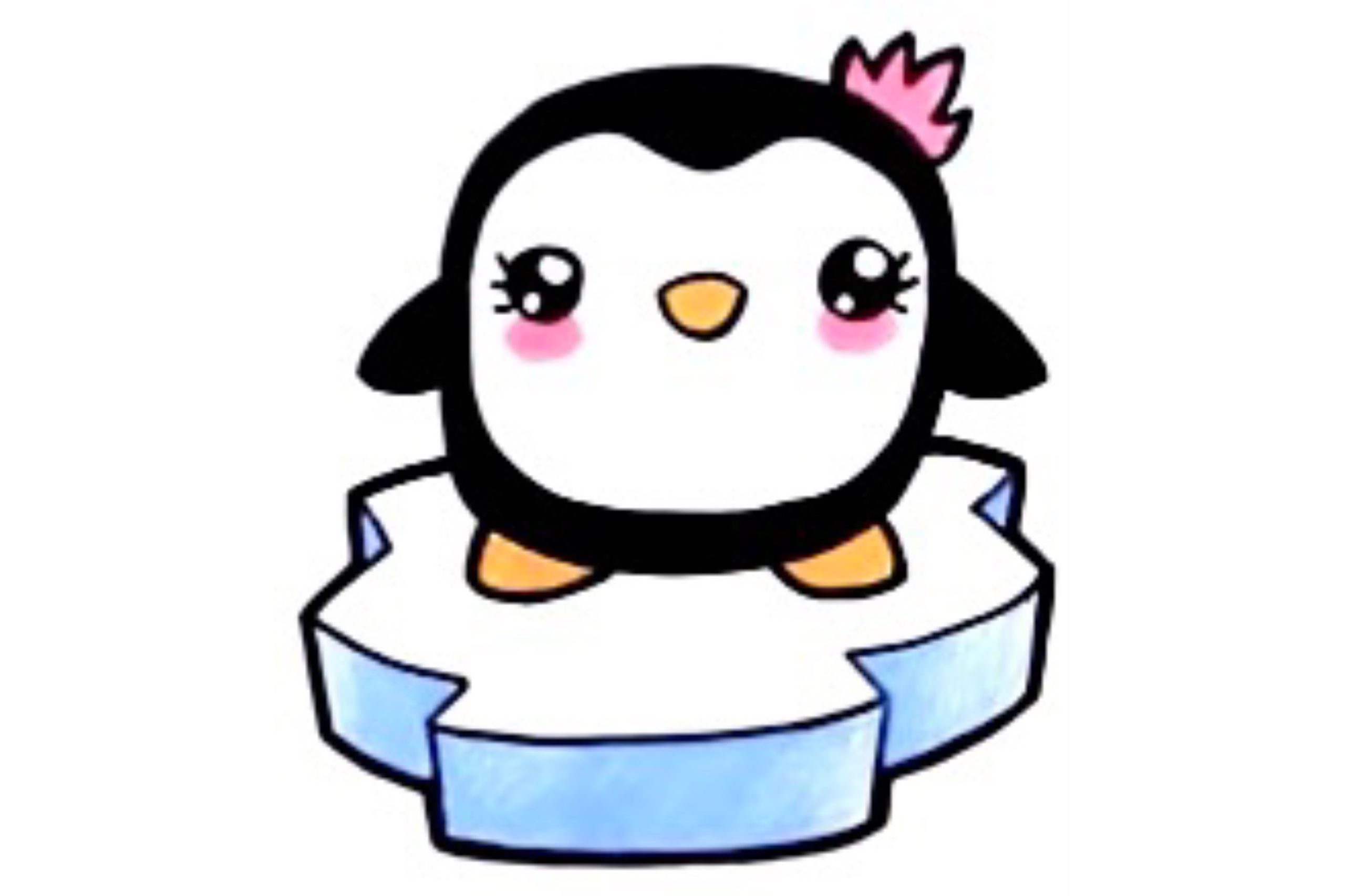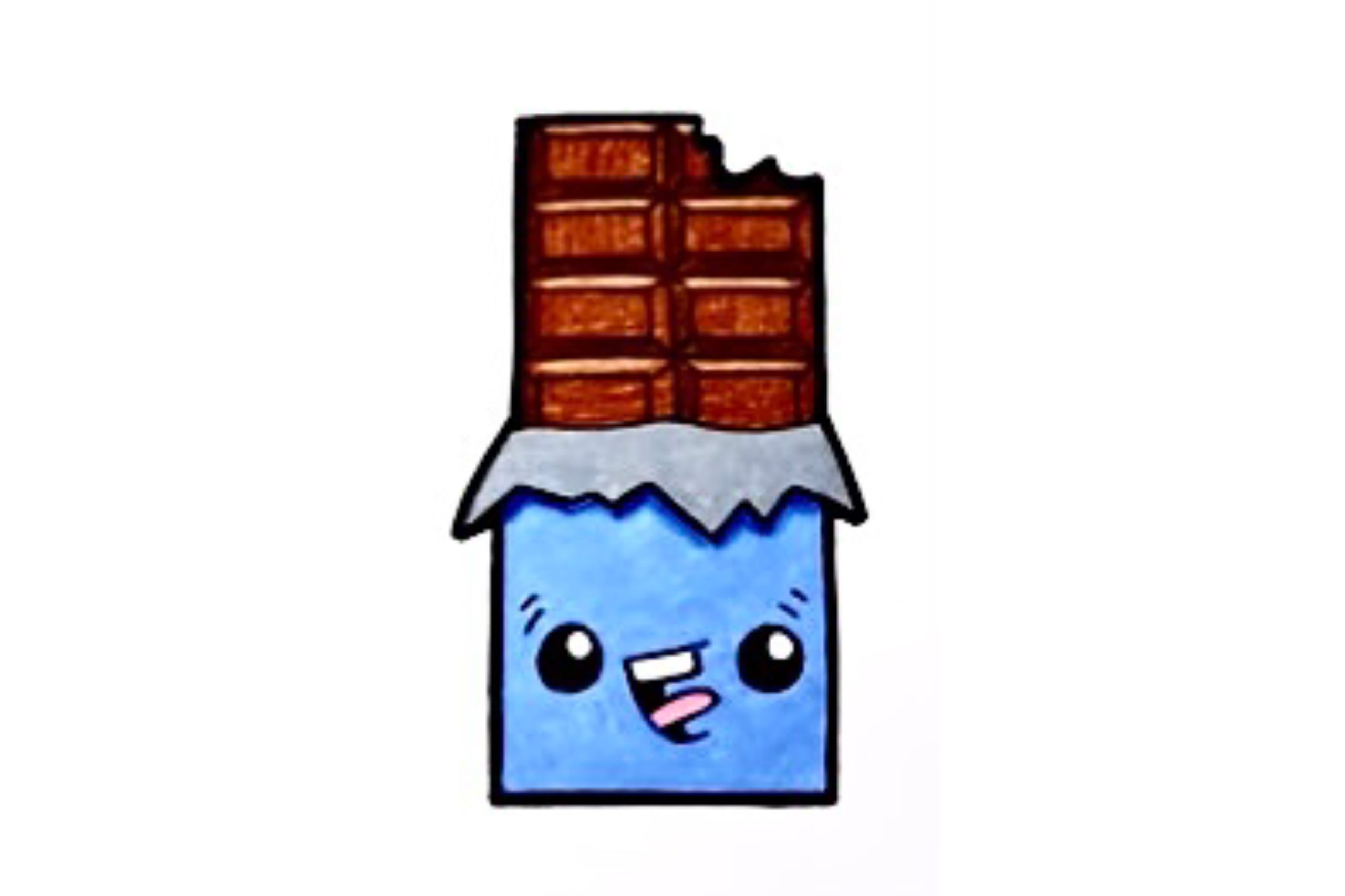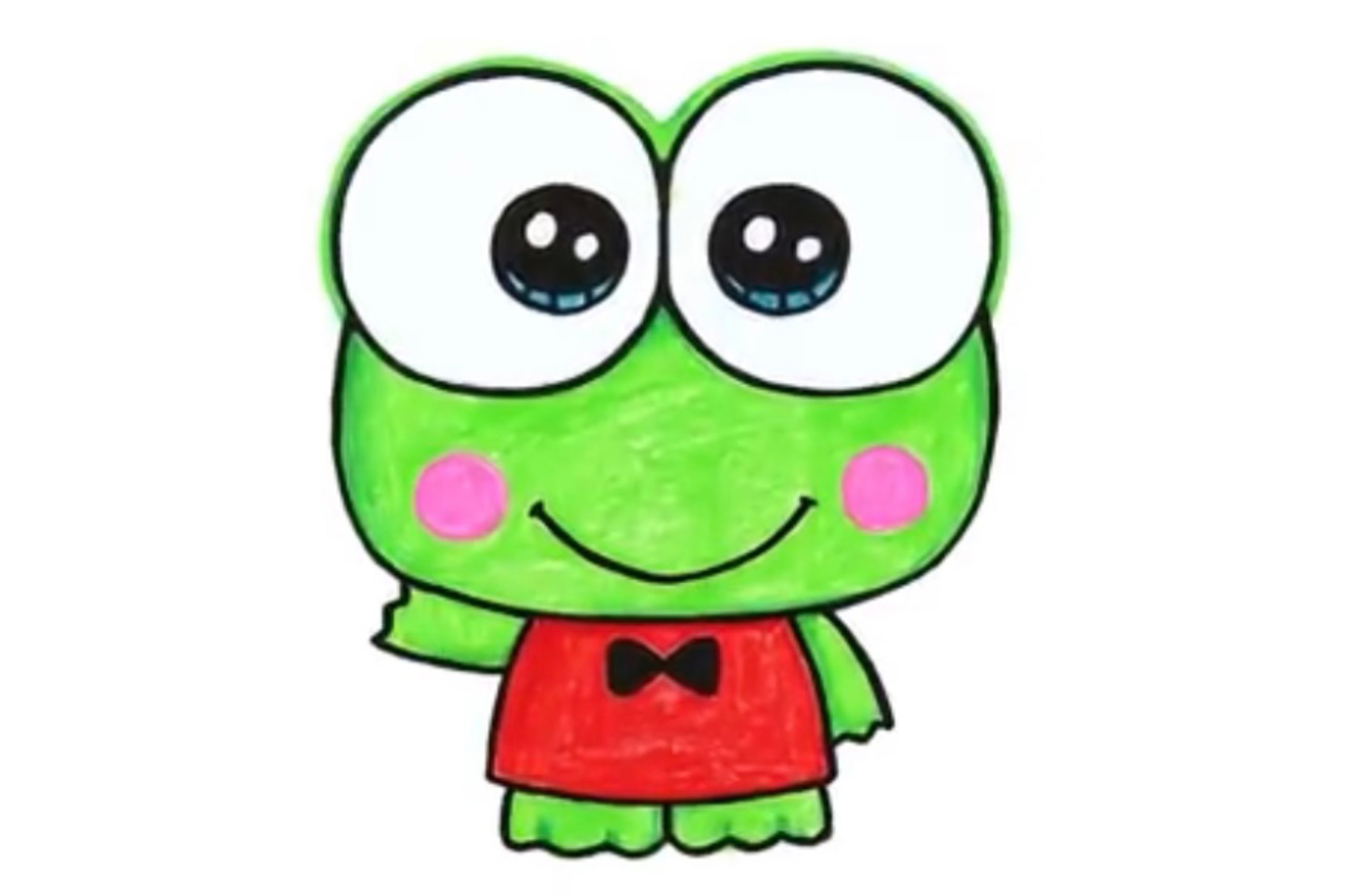Coloring Techniques
Stippling Techniques And Recommendation To Advance Your Art
Have you ever tried stippling techniques in art? Let Jort.art take you through some stippling art ideas to enhance your drawings and paintings.
I. Introduction
1. What are stippling techniques?
The stippling technique involves applying several tiny dots to produce a desired picture or pattern. The dots in the stippling technique are usually composed of a single color.
To generate a variety of hues across the drawing, the artist manipulates the dot spacing. The darker shades are created by the denser placement of the dots.

2. What are the benefits of stippling techniques?
There are multiple reasons for artists to choose stippling techniques for their drawings.
We can see stippling art’s distinct artistic quality when comparing it to other painting and drawing techniques. A stippling piece may seem like a typical painting or image from a distance until the observer approaches close enough.
Additionally, stippling art enables artists to create shadows and highlights with precision and intention. By gradually adding each dot, the artist can adjust the intensity of darkness or lightness in their shades. This method’s modest speed also makes it possible for artists to identify problems early and fix them subsequently.
II. Basic stippling technique
How to hold the pen
A fine-tip pen should be held at a 90-degree angle to the paper. You should try to keep the size and form of your dots as close as possible. We highly recommend that you not push too hard. Instead, you should try to apply the same amount of pressure to each dot. The quantity and proximity of the dots together will produce darkness and shadow. It is not helpful to employ varying pressure for darker or larger dots with this technique.
How to make dots
Dotting is the most basic stippling technique. Different pressure levels in a pen will result in different-sized and thicker dots. Larger dots are produced by applying more pressure to the pen’s tip. Artists use this approach on parts of the piece that require more darkness. A gradient effect is produced by smaller dots at lower pressure.

III. Tips for stippling
Use pencils or markers with a fine tip
Stippling is the process of producing an image by making hundreds of tiny dots. Thus, your drawing tool must allow you to create tiny dots. Our recommendation is fine-tipped markers that have 0,03 – 0,005-inch nibs. Another option is to use a pencil. However, the lead should be hard. A soft lead may smear your drawing.
Make small, evenly spaced dots
Remember to maintain consistent, light, and regular markings. You should maintain the dots as evenly spaced as you can to create a more appealing image. It is important to avoid stippling randomly. Otherwise, your stippling will seem haphazard, and you will not be able to achieve the distinctive optical effect.
Vary the distance between the dots to create different shades of gray
Realistic effects are achieved by using dots of varying sizes and spacing them apart. These effects can convey light and shadow as well as depth, contrast, shape, and form. Different pencil leads can also be used to achieve this effect. Another method of applying a shading approach is to build up a lot of dots in a particular location to create lighter or darker tones. More dots are needed in the shadows of your image to generate darkness. Whereas, fewer dots are needed in the lighter sections. You can erase parts of the original pencil sketch, so your artwork will appear lighter and brighter.
Be patient and take your time
Stippling is not a sprint. And it is, of course, a marathon. You cannot produce stunning stippled drawings with a little practice and patience. If your hand begins to hurt and you find it difficult to concentrate, just take tea breaks.
Related topic: Blending Techniques: The Secret To Harmony In Art
IV. Examples of stippling
Stippling techniques in art are common. You can get great inspiration from the numerous sources of stippling art. Here are some stippling art images in different themes.
Realistic portraits
Stippling techniques allow you to create extraordinary levels of tone and detail to produce amazing lifelike portraits. The procedure can take several days or months to finish and requires great patience and attention. But, trust us, the result is well worth the effort.

Abstract designs
What do you think about adding stippling techniques to abstract drawings? It is our recommendation to multiply the effect of your drawing. Let’s take a look at some of the impressive abstract designs in stippling.

Nature
Stippling can be used in art to depict the vast array of breathtaking natural features. They include trees, mountains, skies, flowers, animals, and much more. A detailed representation of the wonders of the universe can be created by connecting a large number of tiny hand-drawn dots.

Still lifes
Stippling techniques are not limited to abstract or magnificent nature arts. You can always express life through your stippling drawings. The examples below will prove that.

V. FAQ
1. Can I learn stippling techniques?
Stippling is a technique that many artists use thanks to its multiple advantages. You do not need to be an artist to practice. Stippling techniques can always be practiced at home. It does not require any sophisticated technological knowledge. It just requires you to draw dots patiently. Take your time and start your attempt at this interesting technique.
2. How long does it take to complete stippling art images?
Stippling is a type of art that has an incredible amount of detail, tones, and highlights. It requires thousands or even millions of dots to complete. So, finishing it will require patience and time. Art with great details may take weeks or even months to finish. However, you should start with something easier and faster.

It may take you much less time to finish something as simple as this balloon stippling. It is a good idea to start with simple things first.
3. What are the advantages of stippling techniques?
Artists are using stippling techniques more frequently because of their advantages. It makes it possible to capture minute details. In addition, this technique gives your artwork a distinctive appearance with stunning depth through the use of gradients, highlights, and shadows.
VI. Conclusion
Stippling is a versatile technique that you should practice. This technique can be used to create a wide range of effects. To prevent stippling from being a burden, make an effort to have fun when you start. Be open to attempting new ideas in stippling in art, as there are no hard and fast rules. Until you are satisfied with the way you are stippling, keep practicing.
Once you have got used to consistently making dots, go on to some more complex lessons. Keep on trying new techniques with consistent practice will pay you back. Good luck with your stippling!
Have you ever tried stippling techniques in art? Let Jort.art take you through some stippling art ideas to enhance your… View More









